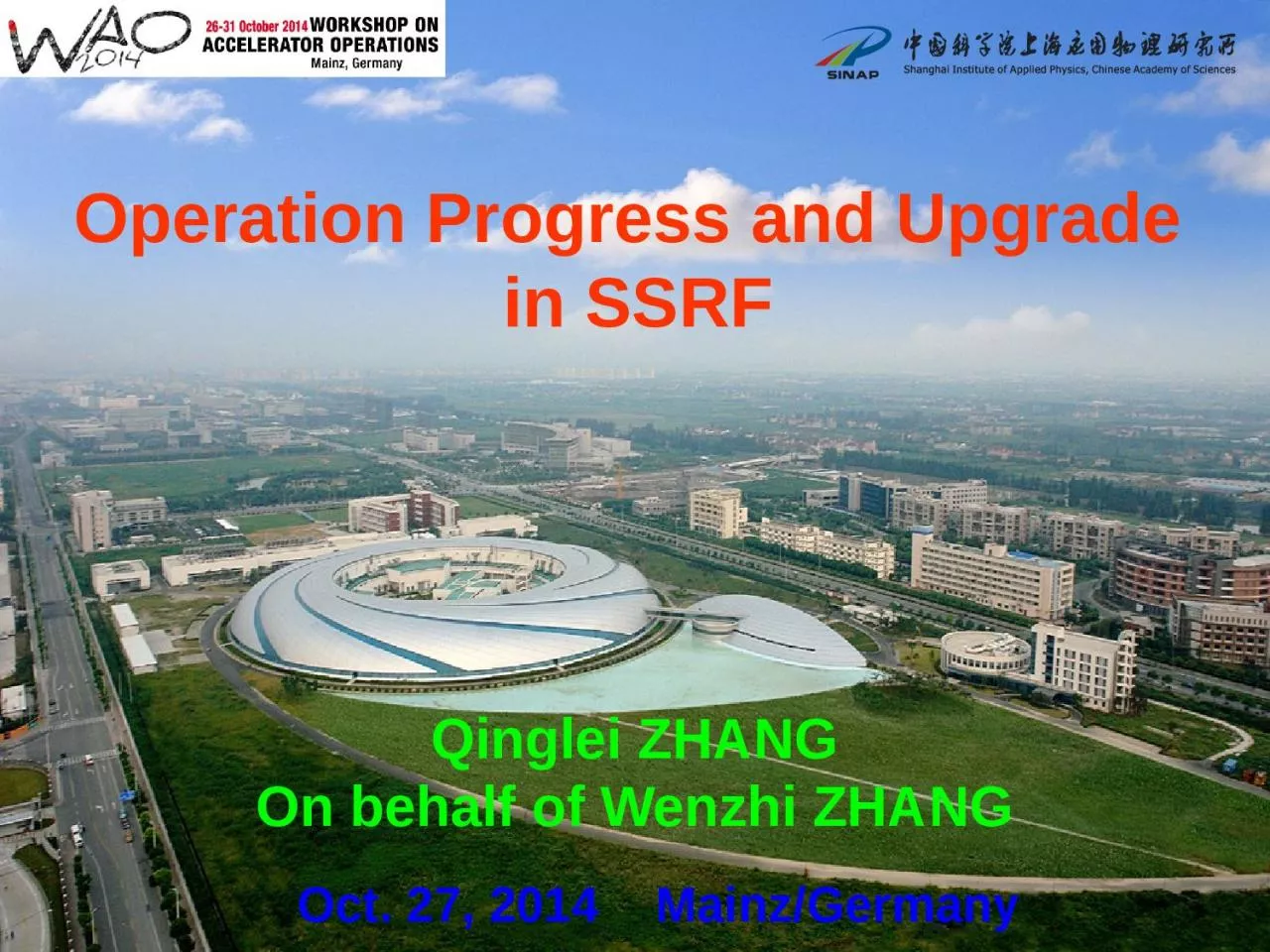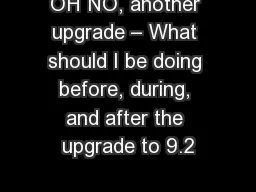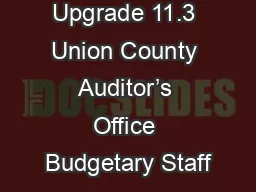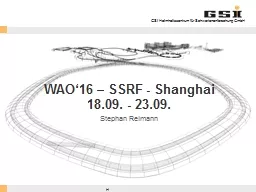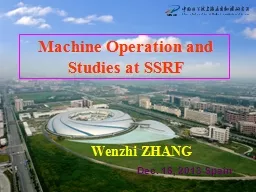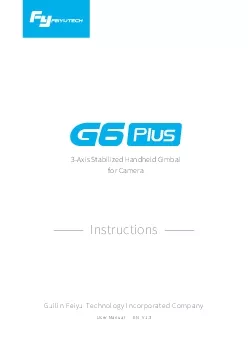PPT-Operation Progress and Upgrade in SSRF
Author : bikersjoker | Published Date : 2020-08-28
in SSRF Qinglei ZHANG On behalf of Wenzhi ZHANG Oct 27 2014 MainzGermany Brief Introduction Operation Statistics Accelerator Improvement New Beamlines Commissioning
Presentation Embed Code
Download Presentation
Download Presentation The PPT/PDF document "Operation Progress and Upgrade in SSRF" is the property of its rightful owner. Permission is granted to download and print the materials on this website for personal, non-commercial use only, and to display it on your personal computer provided you do not modify the materials and that you retain all copyright notices contained in the materials. By downloading content from our website, you accept the terms of this agreement.
Operation Progress and Upgrade in SSRF: Transcript
Download Rules Of Document
"Operation Progress and Upgrade in SSRF"The content belongs to its owner. You may download and print it for personal use, without modification, and keep all copyright notices. By downloading, you agree to these terms.
Related Documents

